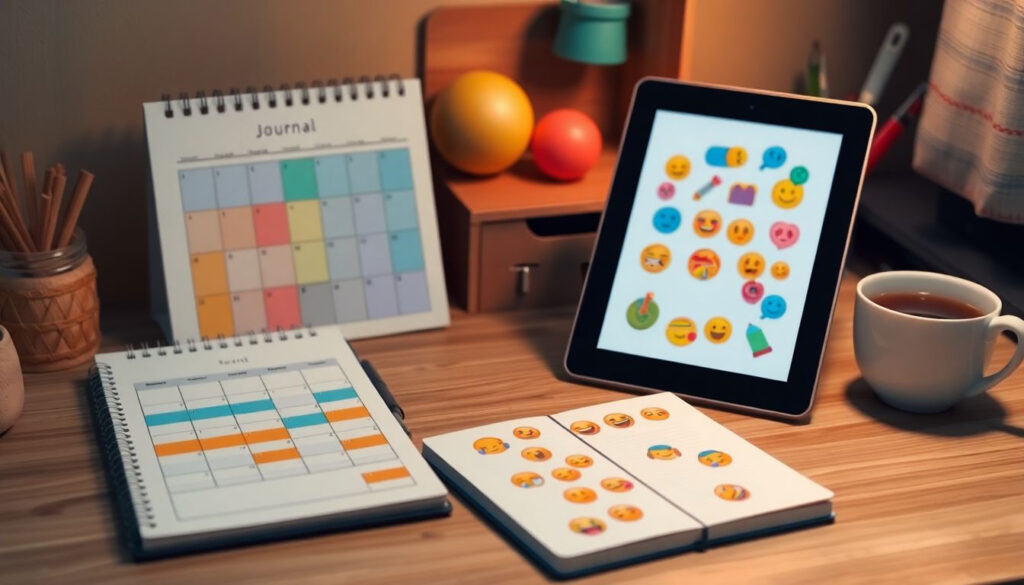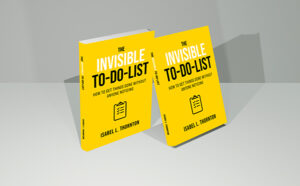
If you’ve ever tried to track your mental health with a journal, an app, or a color-coded spreadsheet… and gave up in frustration, you’re not alone. For many autistic adults, burnout recovery is already exhausting—and adding tracking to the mix can feel like just another demand.
But here’s the good news: you can monitor your recovery in a way that’s simple, flexible, and empowering. In Embracing Self-Care for Autistic Burnout: Your comprehensive resource for managing autistic burnout, we share gentle tools and low-pressure techniques that help you notice your healing—without turning it into a chore.
Why Track Recovery at All?
Recovery from autistic burnout is rarely linear. Some days you might feel like yourself again, and others you’re back in survival mode. Tracking—even in small ways—can help you:
- Recognize subtle improvements
- Catch early warning signs of regression
- Identify what’s working (and what’s not)
- Celebrate micro-wins
- Advocate for support with evidence
It’s not about perfection or productivity. It’s about awareness—so you can respond to your needs more effectively.
Low-Stress Tracking Methods That Work
These burnout-friendly methods come recommended by autistic adults in the book:
📅 Color Dot Calendars
Pick three colors:
- One for good/safe days
- One for neutral/meh days
- One for tough/overwhelmed days
Each night, just mark a dot. That’s it. No notes, no scales, no explanations.
“This helped me see I was improving without having to write anything down.”
🧭 Energy Mapping
Track what parts of the day drain vs. recharge you. Create a visual flow like:
- Morning = red (draining)
- Afternoon = yellow (neutral)
- Evening = green (recharging)
This helps with pacing and routine-building.
📝 Weekly “Three Things” Log
Once a week, jot down:
- 1 thing that helped
- 1 thing that was hard
- 1 thing you’d like to try
It’s simple and provides a snapshot without overthinking.
🔁 Mood Loops or Emoji Check-Ins
Use emoji stickers, mood wheels, or apps like Daylio to tap into emotional patterns. No typing required—just tap, log, and move on.
🧩 QR-Linked Worksheets from the Book
Embracing Self-Care for Autistic Burnout includes printable and scannable trackers you can use for:
- Energy rating
- Trigger identification
- Sensory environment feedback
- Self-assessment reflections
Make It Optional, Not Obligatory
Burnout recovery is not a performance. Tracking is a tool—not a requirement. You don’t have to log every day. You can skip weeks. The goal is not to track perfectly—it’s to create a feedback loop that gently reflects how you’re doing over time.
Recovery Doesn’t Always Feel Like Progress—But It Is
When you’re in the depths of burnout, it’s hard to see improvement. But even small moments of clarity, comfort, or choice are progress. A week with fewer shutdowns? Progress. A day with one extra spoon of energy? Progress.
🟢 Track your recovery with confidence using this supportive guide
💬 “I finally found a way to monitor my healing without feeling like I was failing. This book made it doable.”
Author

Laura Mitchell writes with a focus on supporting autistic adults and those navigating the challenges of autistic burnout. Drawing on personal experiences and countless conversations within the neurodivergent community, she creates resources that are compassionate, practical, and easy to follow.Her work is grounded in a belief that autistic voices deserve to be heard and understood, and that self-care should be accessible and validating for everyone. Through her books, Laura aims to provide encouragement, clarity, and strategies that help readers build lives that feel sustainable and authentic.When she’s not writing, Laura enjoys quiet routines, creative hobbies, and walking in the hills close to her country home.





